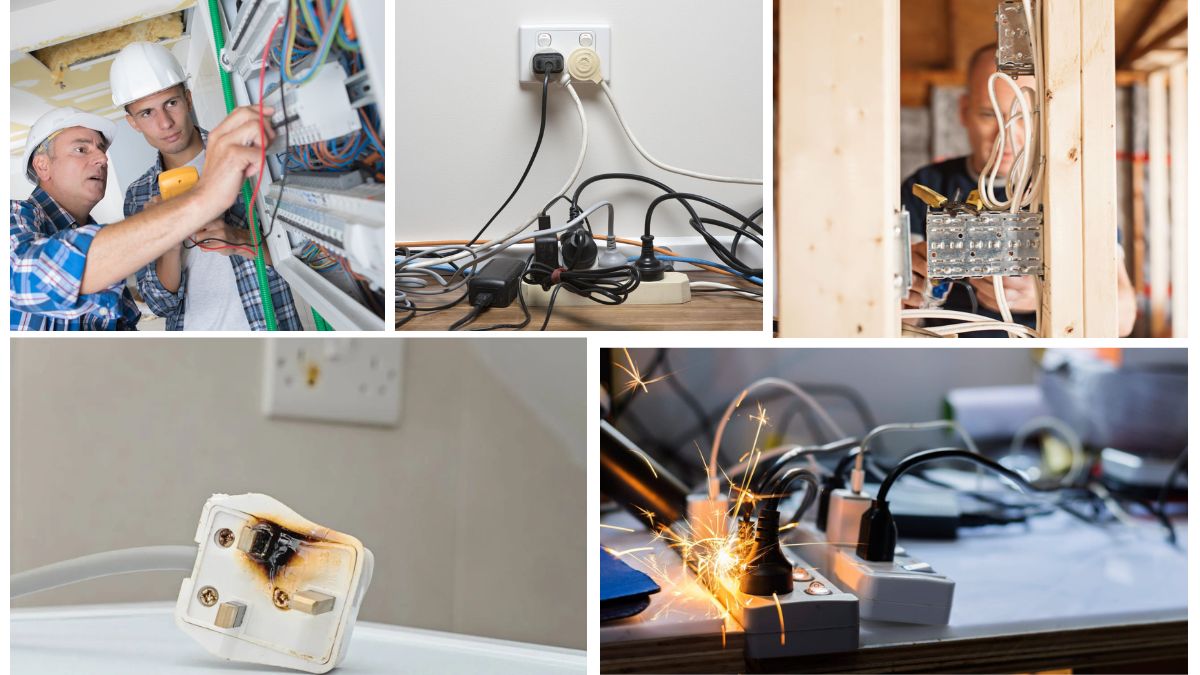Gardens are no longer just green sanctuaries—they’ve evolved into multifunctional outdoor living spaces, complete with lighting, water features, entertainment zones, and even outdoor kitchens. With the increased use of electricity in these areas, the risk of electrical hazards has risen significantly. While garden enhancements can add beauty and function, they must also be planned and maintained with safety in mind.
This article, based on insights from licensed electricians, explores everything homeowners, landscapers, and garden enthusiasts need to know about electrical safety in the garden. From proper installation techniques to common hazards and seasonal maintenance tips, this guide will help you enjoy your outdoor space without compromising safety.
Why Electrical Safety in Gardens Matters
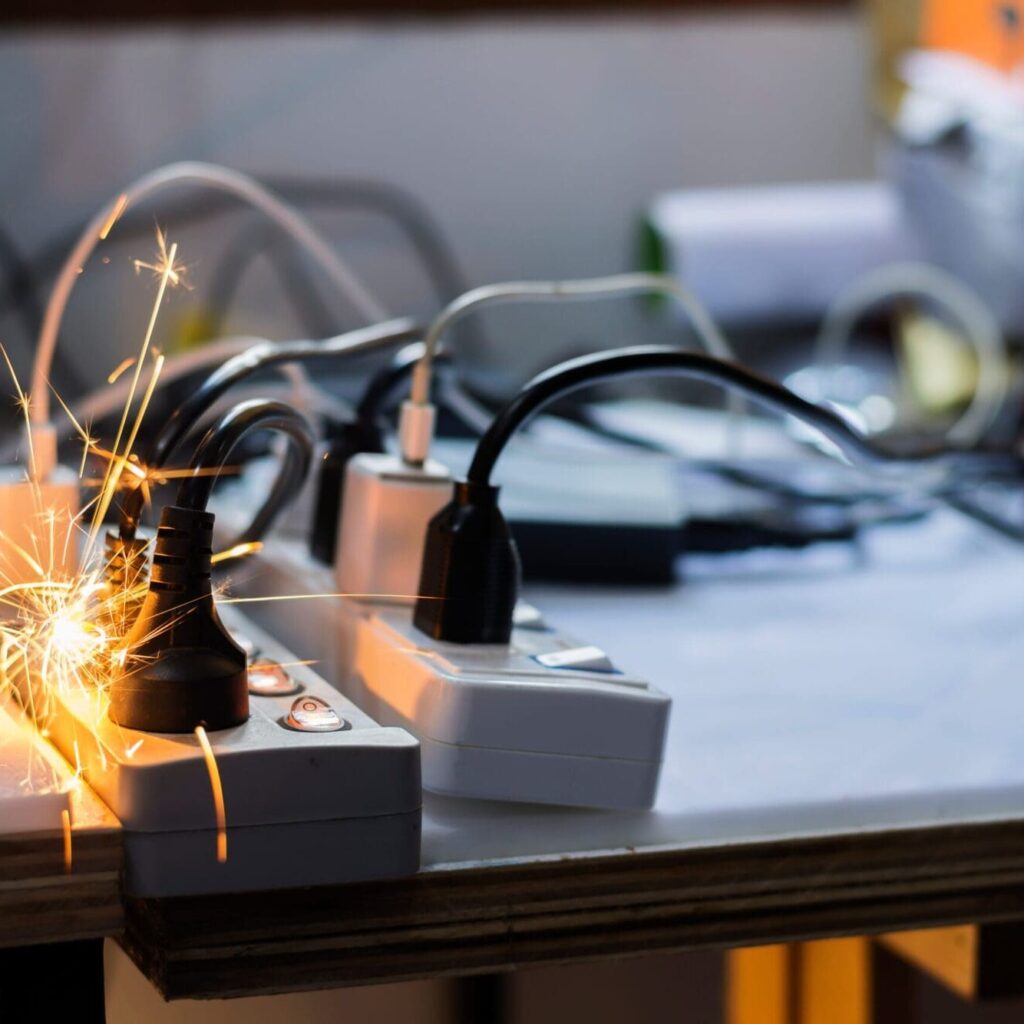
Outdoor environments are naturally more hazardous for electrical systems due to exposure to rain, humidity, extreme temperatures, animals, and physical wear. Without proper safeguards:
- Short circuits and electrocution can occur.
- Fires may start due to faulty wiring or overloading.
- Moisture can corrode wires and connectors.
- Pets and children can be exposed to live wires or damaged equipment.
- Lighting and devices may stop working during storms or seasonal changes.
Licensed electricians emphasize that outdoor electrical safety is not optional. It’s a legal requirement governed by national and local electrical codes and essential for protecting lives and property.
Common Electrical Hazards in Gardens
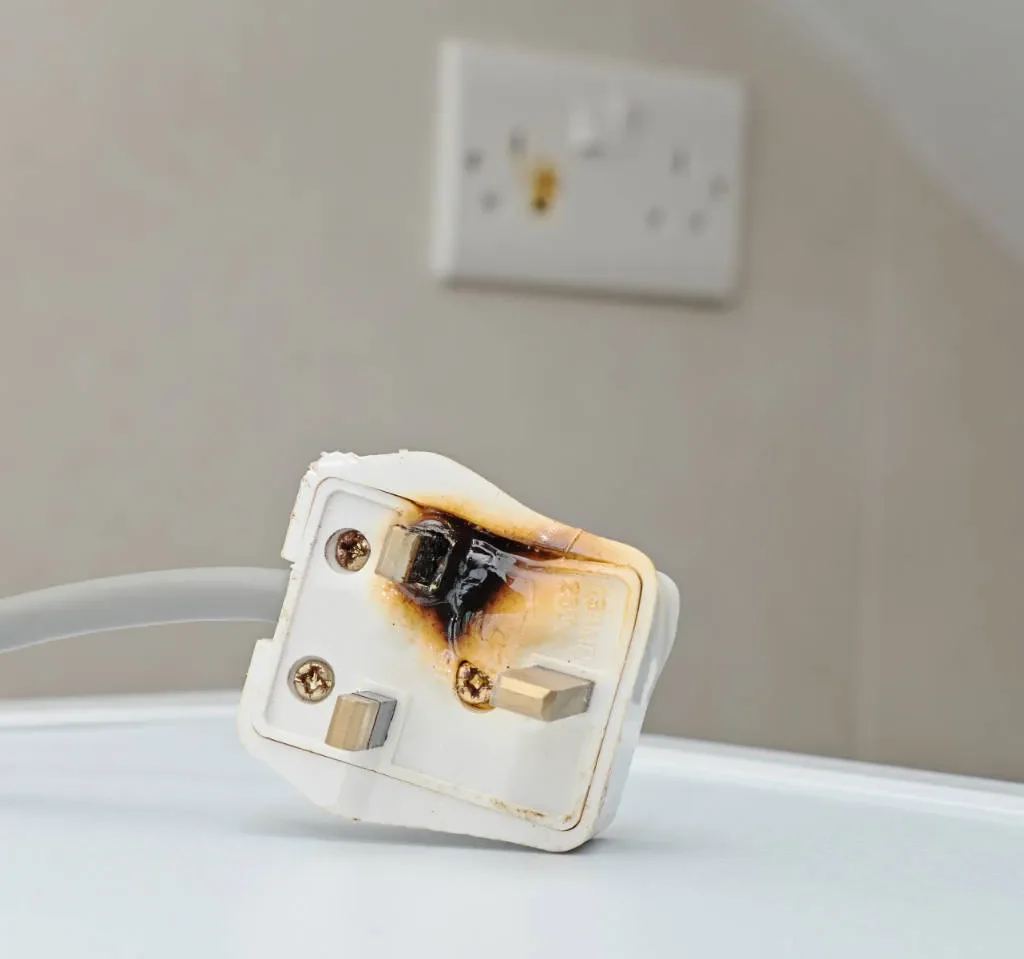
Electricians frequently encounter the following garden electrical risks:
- Improperly Buried Cables
Cables placed just under the soil or hidden in shallow trenches can be damaged by digging tools, animals, or even growing tree roots. - Non-Weatherproof Fixtures
Using indoor-rated light fixtures or extension cords outdoors exposes them to rain and UV damage, increasing the risk of fire and failure. - Overloaded Circuits
Plugging too many garden lights or devices into a single outdoor outlet without proper load management can trip breakers or overheat wires. - Lack of GFCI Protection
Outdoor electrical outlets must be GFCI (Ground Fault Circuit Interrupter) protected to cut off power instantly in case of moisture-related faults. - Improper DIY Installations
Many homeowners try DIY electrical work without proper knowledge, leading to unsafe wiring, loose connections, and code violations.
Tip #1: Use Outdoor-Rated Equipment Only
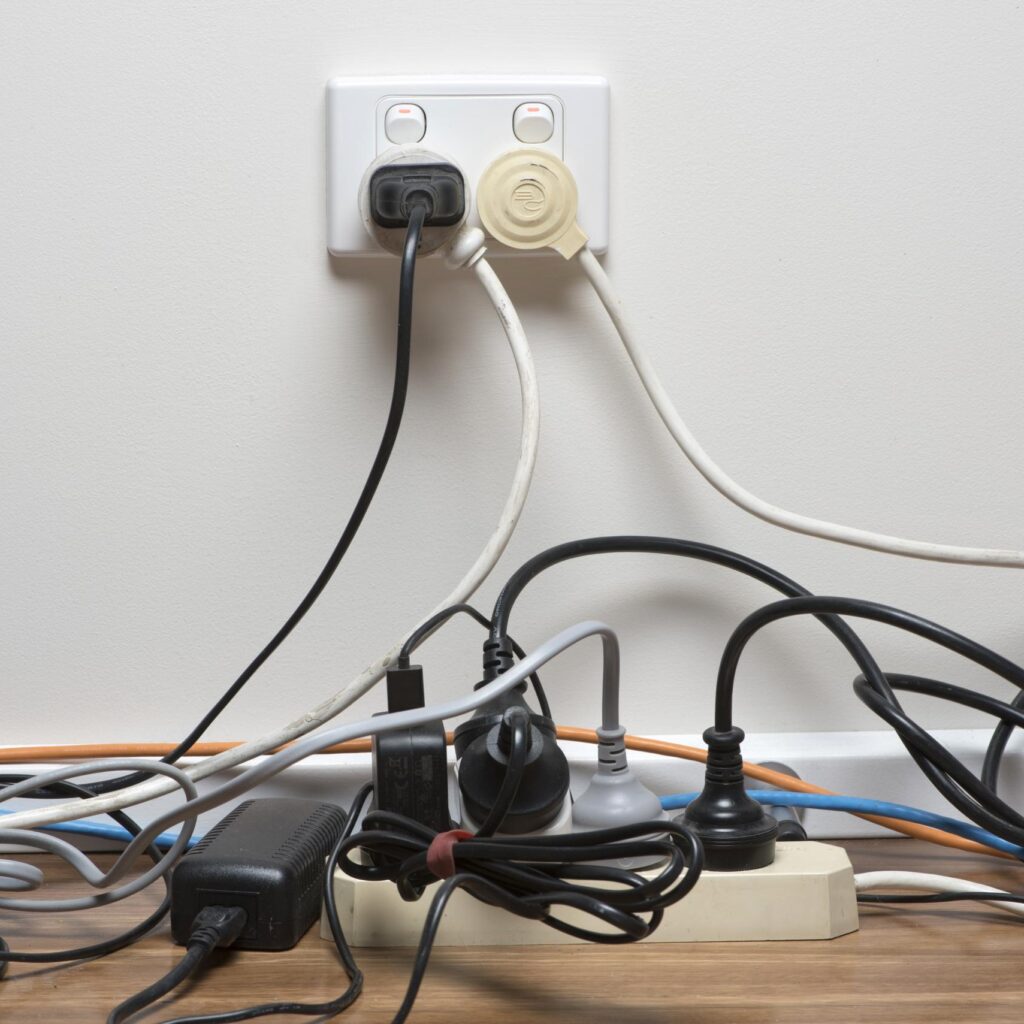
Electricians stress that outdoor use requires outdoor equipment—no compromises. This includes:
- Weatherproof light fixtures (UL-rated for wet locations)
- Direct burial cables (UF-rated or in conduit)
- Waterproof junction boxes
- Heavy-duty extension cords labeled for outdoor use
Every exposed component must be resistant to water, UV rays, rust, and physical damage. Even a single indoor-rated plug used outdoors can compromise the entire system.
Tip #2: Always Install GFCI-Protected Outlets
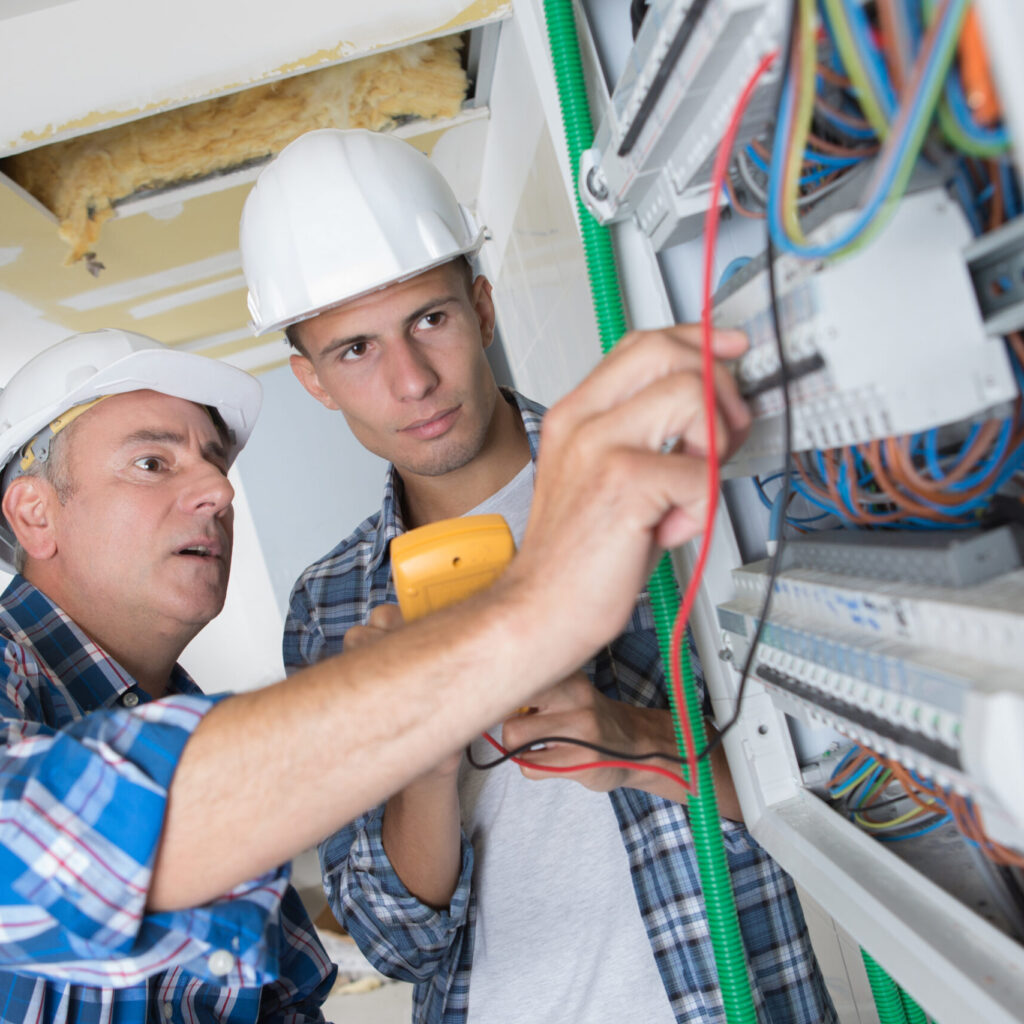
A GFCI (Ground Fault Circuit Interrupter) is a must-have for all exterior outlets. It automatically cuts power when it detects a current leak, preventing shock hazards. GFCI outlets are required by the National Electrical Code (NEC) for:
- Outdoor receptacles
- Outlets near water features
- Garden sheds with electricity
- Pool, spa, and hot tub areas
Electrician Insight: Test your GFCI outlets monthly using the built-in “Test” and “Reset” buttons. Replace them immediately if they don’t respond.
Tip #3: Properly Bury Electrical Cables
All electrical wiring in your garden must be protected against accidental contact. Electricians recommend:
- Minimum burial depth:
- 6 inches for low-voltage cable
- 12 inches for GFCI-protected circuits in conduit
- 18 inches for non-GFCI standard 120V lines in rigid conduit
Use trenchers or hand-dig carefully and mark locations on your garden plan to avoid future damage when planting or digging.
Pro tip: Always call 811 (or your local utility locator) before digging to avoid hitting underground gas, water, or electrical lines.
Tip #4: Install Weatherproof Covers for All Outdoor Sockets
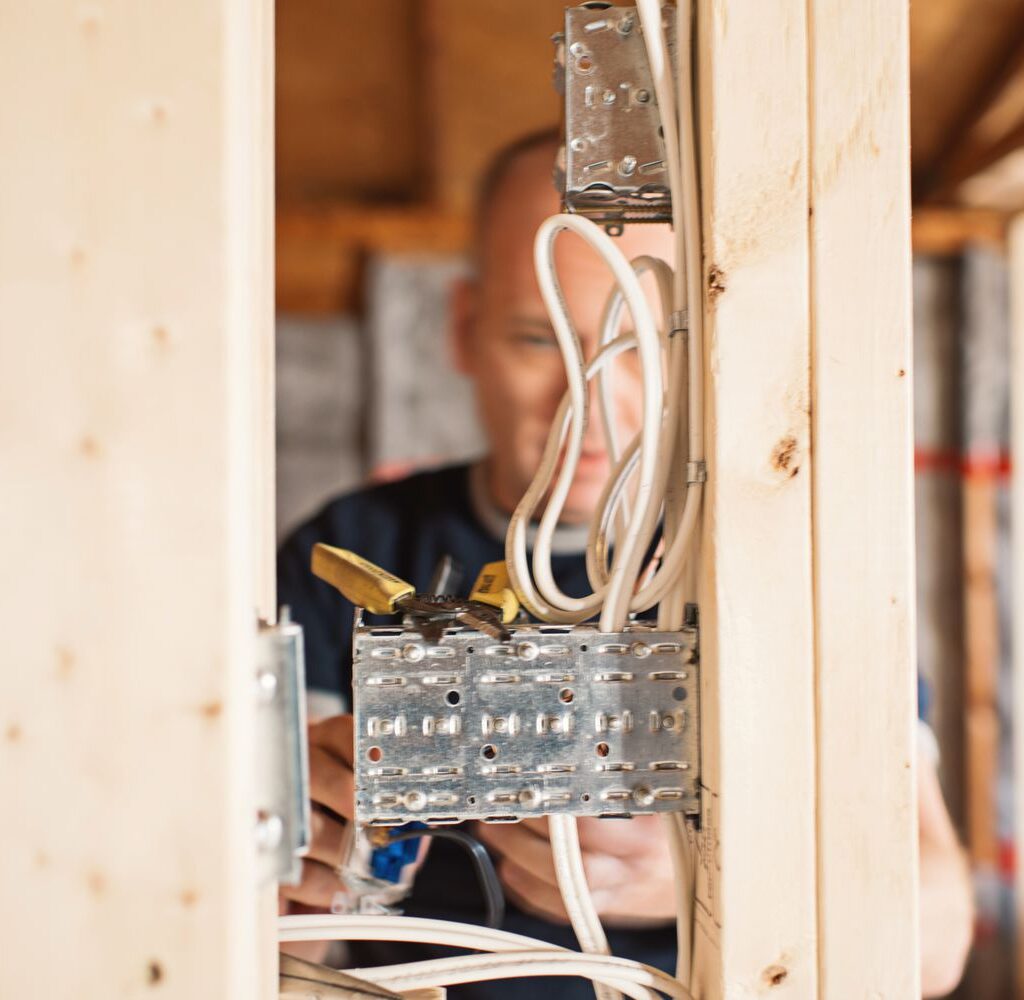
All outdoor outlets must have in-use (bubble) covers, which shield plugs from rain and dust even when they’re connected. Standard flip covers aren’t sufficient for active connections.
Licensed electricians recommend installing:
- Heavy-duty bubble covers
- Tamper-resistant outlets (especially where children play)
- Locking covers to prevent unauthorized access
Tip #5: Never Overload Garden Circuits
Each circuit has a maximum load it can safely carry. Overloading circuits can result in overheating wires, blown fuses, or even electrical fires.
To prevent overload:
- Know the total wattage of your garden lights and tools
- Use a dedicated outdoor circuit for heavy appliances like pond pumps or outdoor heaters
- Install a sub-panel for large gardens with multiple electrical zones
Electrician Tip: Keep total load to 80% of the circuit’s rated capacity to maintain safe operation.
Tip #6: Avoid Permanent Use of Extension Cords
Extension cords are meant for temporary use—not permanent garden installations. Over time, they degrade due to:
- Sunlight
- Moisture
- Foot or vehicle traffic
- Insect or rodent damage
Instead, hire an electrician to install permanent outdoor wiring with proper safety measures.
Warning: Using extension cords for outdoor heaters, pumps, or lights over long periods increases the risk of fire and electrocution.
Tip #7: Use Low-Voltage Systems Where Possible
Low-voltage lighting (12V) is safer for general garden illumination. These systems:
- Are easier to install
- Use a transformer to step down voltage
- Pose minimal shock risk
- Are more energy efficient
However, they still require proper cable burial and sealed connectors to remain safe and functional.
Electrician Note: Even low-voltage systems should follow manufacturer guidelines and be protected from water and mechanical damage.
Tip #8: Stay Clear of Water Hazards
Electricity and water are a deadly combination. When installing garden lights or pumps near ponds, fountains, or irrigation systems:
- Ensure all fixtures have IP65 or higher waterproof ratings
- Use grounded circuits with GFCI protection
- Keep transformers and plug points at least 10 feet from water
- Elevate wiring and boxes off the ground to avoid flooding
Safety Reminder: Never attempt electrical repairs around wet soil, puddles, or wet plants without first shutting off power at the breaker.
Tip #9: Perform Regular Safety Maintenance
Once your system is installed, ongoing maintenance ensures long-term safety. Electricians recommend seasonal checkups:
Spring/Fall Maintenance Checklist:
- Inspect and clean light fixtures
- Check wires for cracks, frays, or animal damage
- Test GFCI outlets
- Verify transformer and timers are working
- Look for corrosion in connectors or exposed copper
Replace damaged components immediately, even if lights are still working—they may fail unexpectedly or cause hidden dangers.
Tip #10: Leave Major Electrical Work to Licensed Professionals
While small tasks like replacing bulbs or installing solar lights may be DIY-friendly, electrical wiring should always be handled by licensed electricians. This ensures:
- Compliance with NEC and local building codes
- Proper grounding and circuit protection
- Load balancing across your home’s electrical system
- Safe integration with smart controls or backup systems
Electricians warn: DIY errors are a top cause of garden electrical failures and injuries. If in doubt—call a pro.
Conclusion
Electrical safety in the garden is a matter of planning, vigilance, and professional insight. With the right precautions—GFCI outlets, weatherproof components, proper cable installation, and regular inspections—you can enjoy a beautifully lit and powered garden without risking injury or damage.
Electricians urge homeowners to respect outdoor environments as high-risk zones for electrical hazards, especially due to moisture, unpredictable weather, and outdoor activity. Whether you’re lighting a pathway, powering a fountain, or charging tools in the shed, follow the safety tips above and partner with a licensed electrician for all major installations.
A safe garden is a beautiful garden—and it starts with informed, responsible use of electricity.
